The Meaning & History of Traditional Japanese Patterns
Traditional Japanese patterns have a long history and were introduced from overseas during the Asuka and Nara periods. At first, it was heavily influenced by Chinese culture, such as pine, bamboo, plum blossoms, dragons, and phoenixes patterns were popular. But in the Heian period, with the abolishment of the envoys to the Tang Dynasty, the motifs had roots in Japan such as wisteria, fans, and noshi design became popular among the aristocracy.
Furthermore, in the Kamakura period, it became a familiar pattern to the samurai class, and in the Edo period, it became a familiar pattern to the common people, and it became integrated into people's lives, and various designs were born. It has spread to the present day by flexibly incorporating Japanese culture and trends at that time, as well as the cultures of other countries.
Each pattern contains prayers and thoughts such as a good harvest and safety for the family. Here we are going to introduce some of the most famous Japanese traditional patterns.
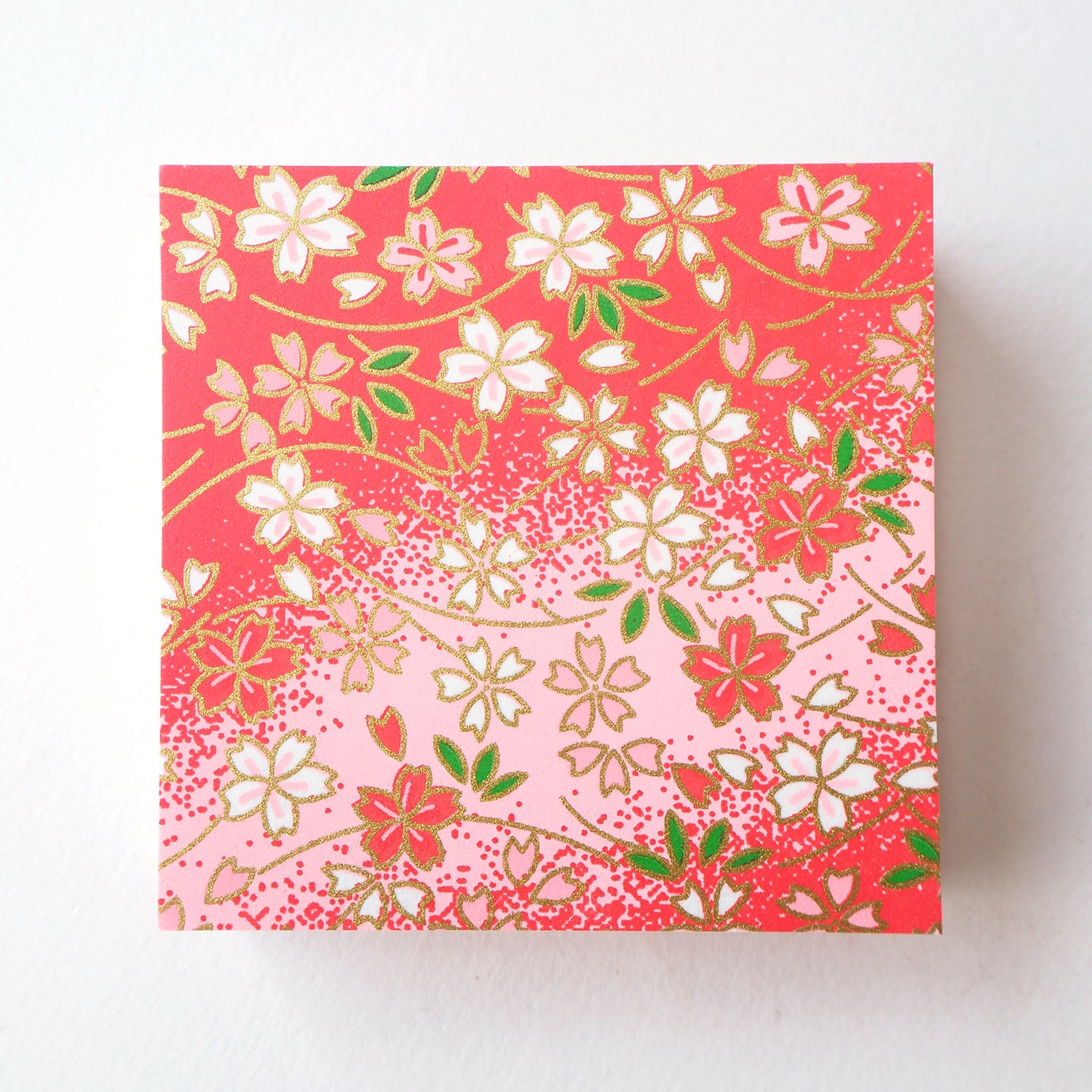
Cherry Blossom (Sakura) Pattern
Cherry Blossom is one of the most famous blossoms from Japan and is considered one of the national flowers. Cherry Blossom patterns became popular among Japanese nobles first in the Heian period (794-1185), being used widely on clothes, furniture, dishes and many other things. These patterns can be used for all occasions and seasons.
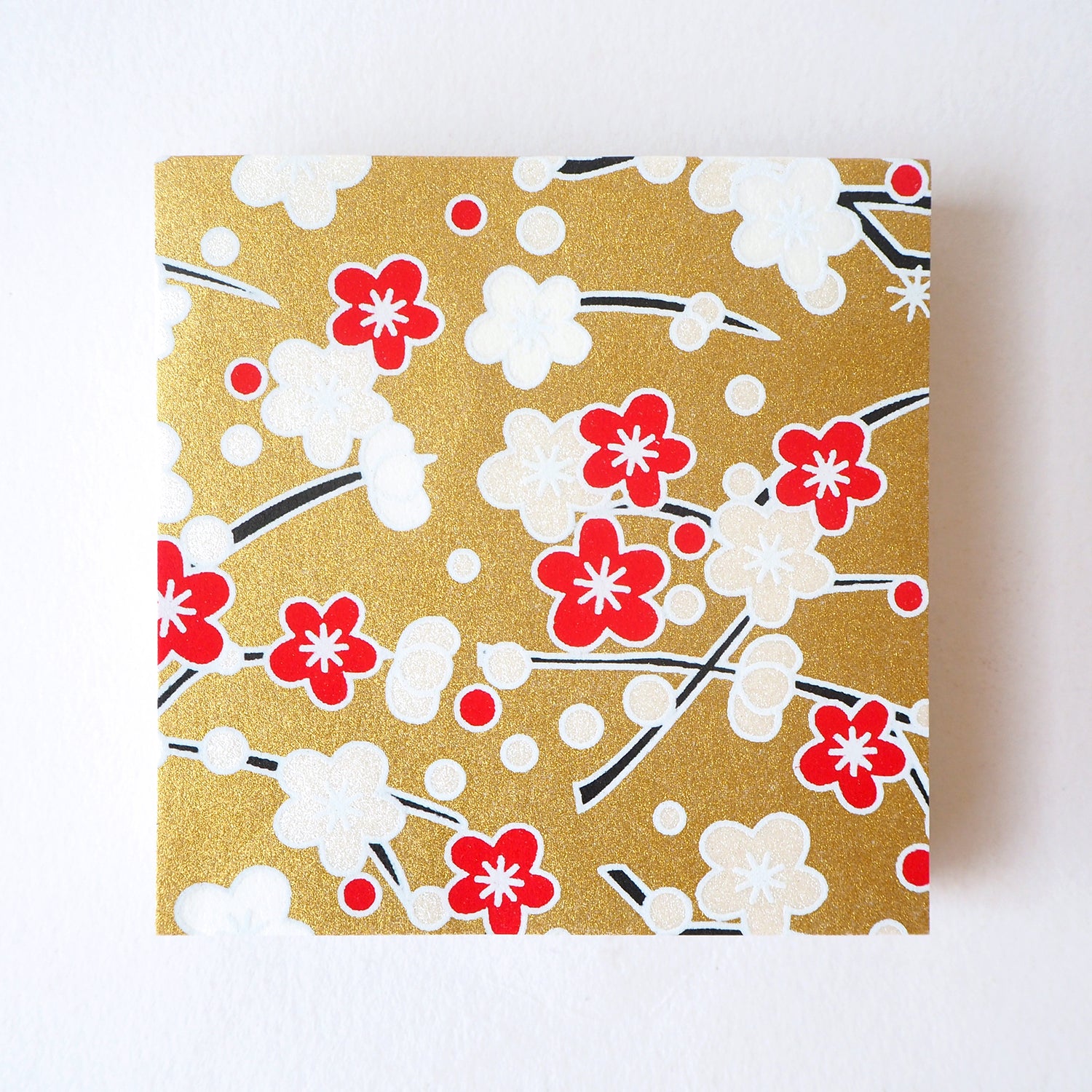
Plum Blossom (Ume) Pattern
Plum blossom was the most loved flower among Japanese people until the Nara period (710-794) due to a strong cultural influence at that time from southern China, where plum blossom originated. It blooms in late winter and has become a symbol of resilience and overcoming hardship. Its brief bloom and appealing scent in the cold air attracted people and poets. It was the most popular flower motif in Japanese poetry and stories at the time.
The difference between Plum and Cherry blossom crest is the petal. Cherry blossoms have a small split at the end of each petal and are slightly more pointed, whereas plum blossoms have no splits and are rounder.

Chrysanthemum (Kiku) Pattern
Chrysanthemum are Autumnal patterns in Japan and represent longevity and rejuvenation. They originated in China and were introduced into Japan during the Nara period (710-793). It was said that the beauty of Chrysanthemum resembles the nobles and became the Imperial Family Emblem. Nowadays, the Japanese government use the 16 petals seal for official documents such as passports.
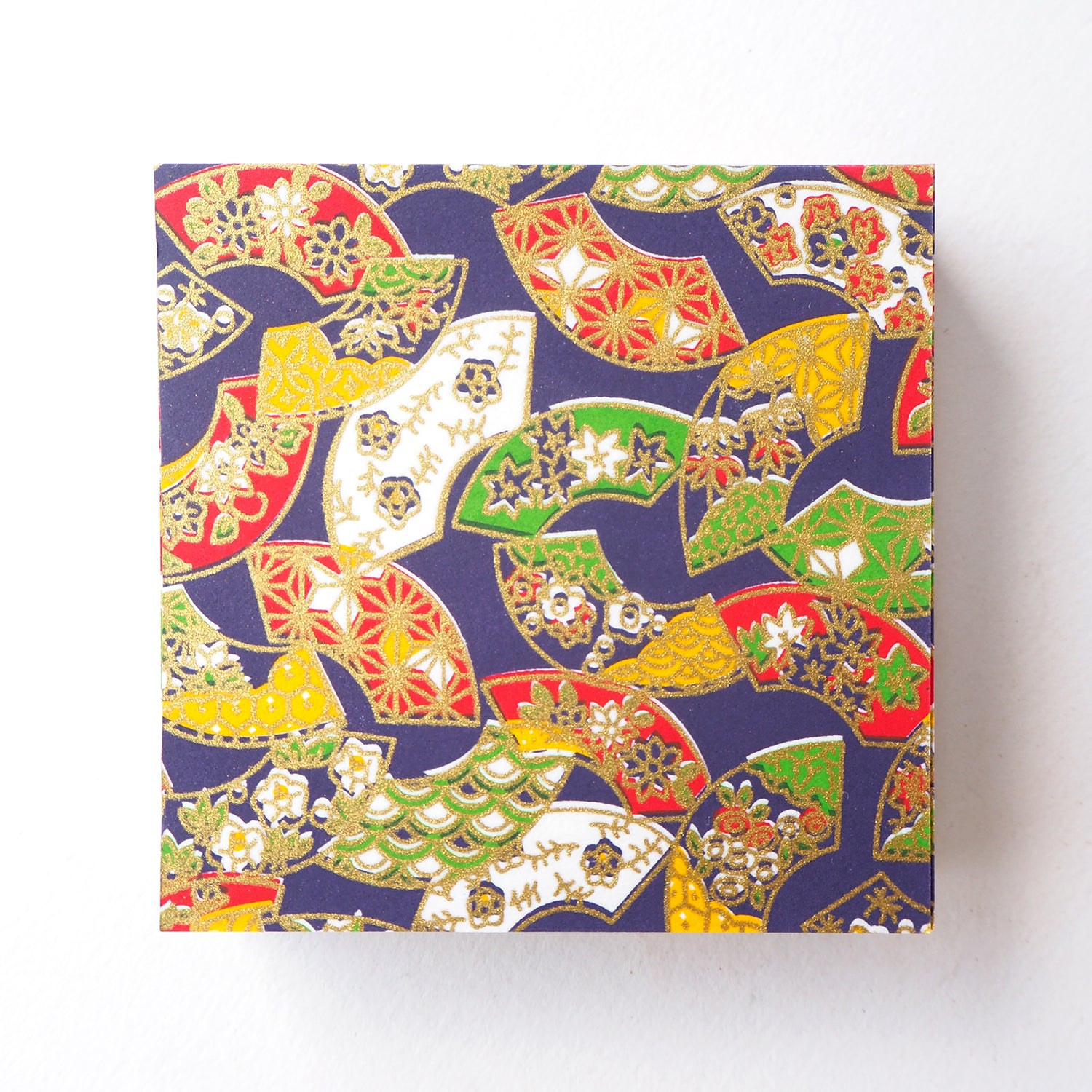
Hand Fan (Ougi) Pattern
Hand fans represent a symbol of good luck in Japan. It's shaped to be wider the further you open it, to represent a bright and open future. These symbols have been used as crests and on kimonos since the Heian Period (794-1185).
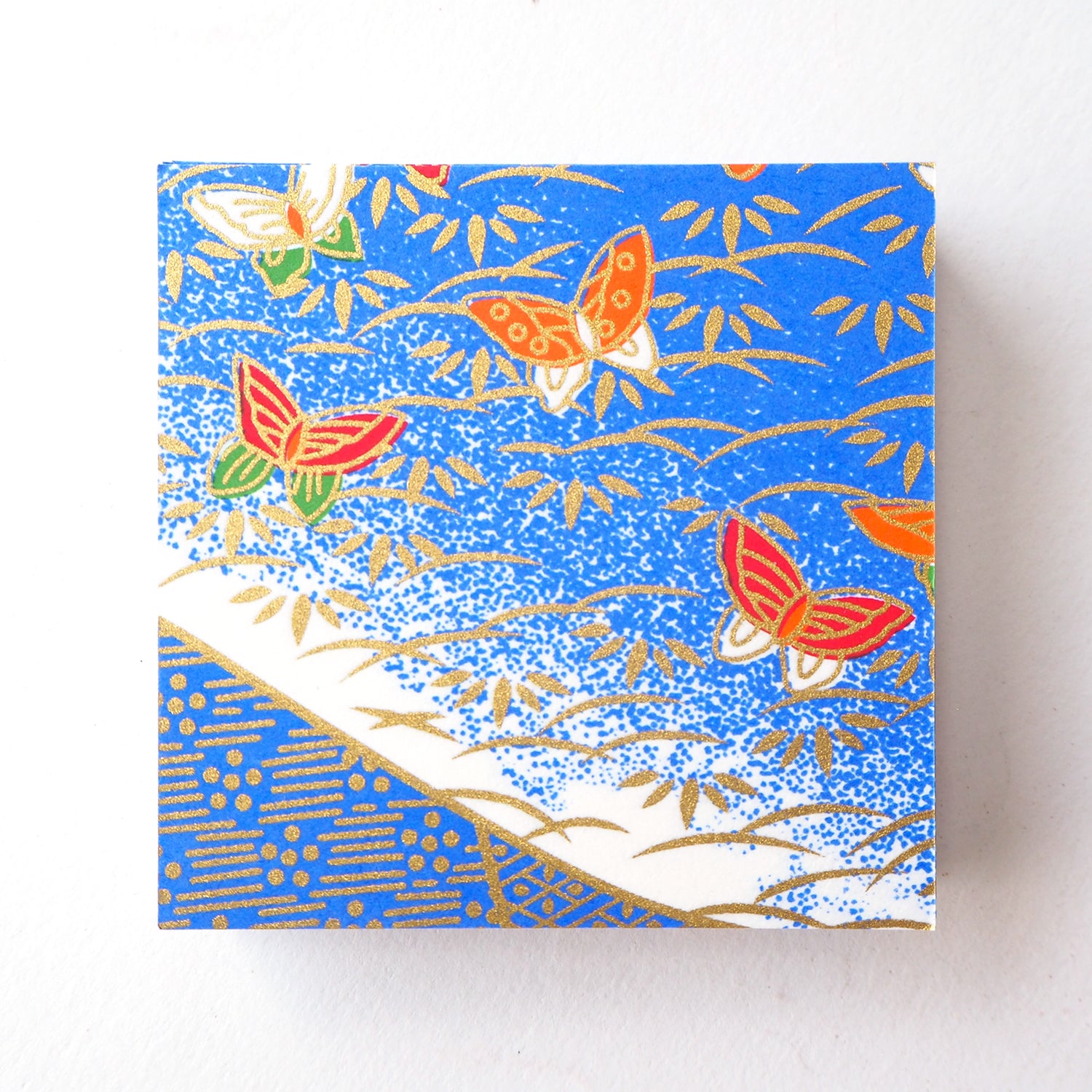
Butterfly Pattern
The Butterfly is a symbol of eternity and reincarnation due to the transformations it undergoes during its lifespan; a process that has attracted and mystified people since the Heian period (794-1185). Butterfly pattern was also used as a samurai's emblem as a symbol of immortality.
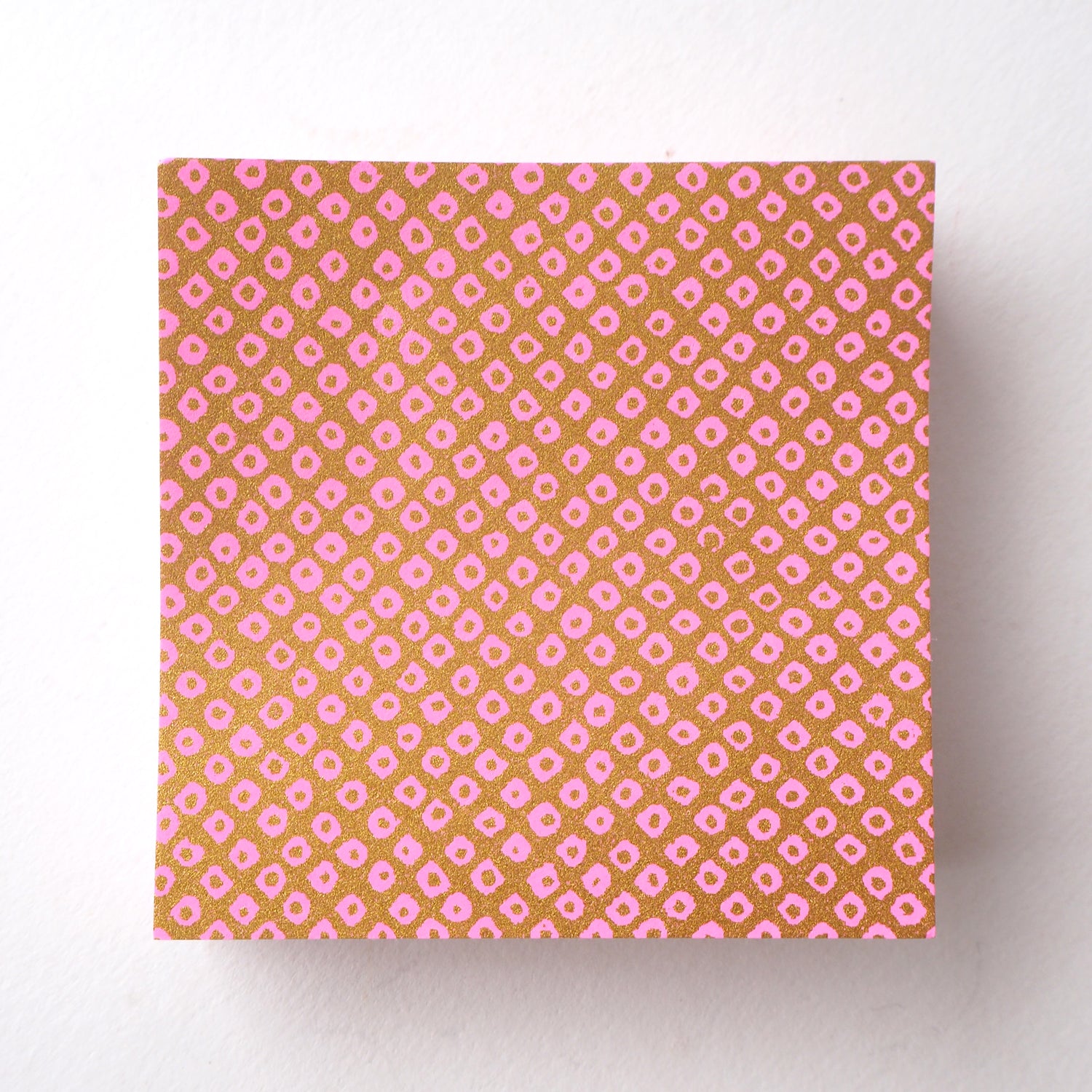
Deer's Spots (Kanoko) Pattern
Kanoko literally means “deer's spots”, a type of Japanese dyeing technique that produces the distinctive spot pattern. It was extremely popular in the Edo Period (1603-1868) and was seen as a symbol of wealth as these patterns took time to dye and were very expensive.
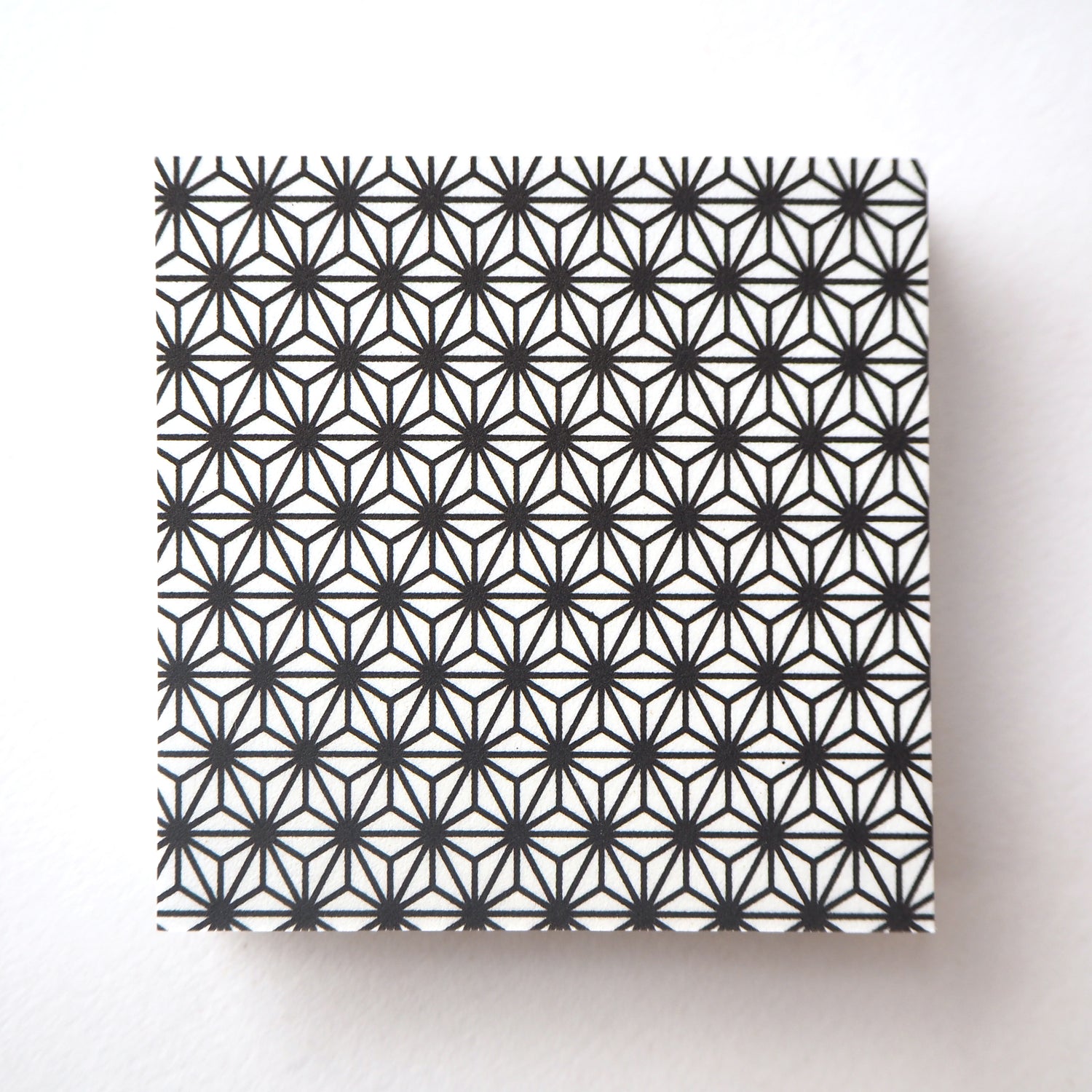
Hemp Leaf (Asanoha) Pattern
Inspired by the shape of hemp leaves, this pattern is still popular presently in Japan. It was popularised by Kabuki actors whose fans then wore hemp patterns to watch performances. Hemp leaves grow straight to the sky so the patterns are also popular in infant clothing to wish for good health.
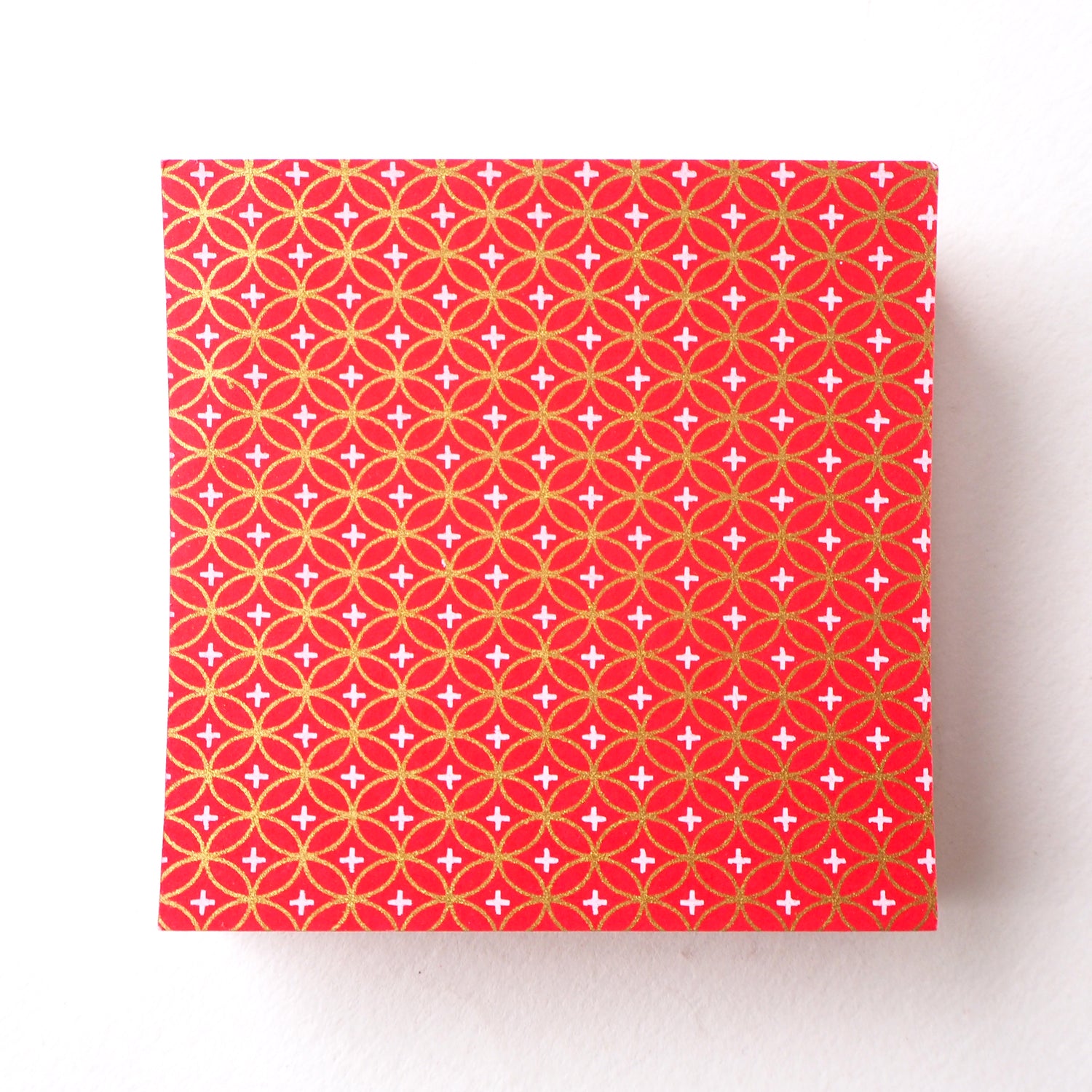
Shippou Pattern
Shippou refers to the seven treasures of Buddhism: gold, silver, lapis lazuli, agate, seashell, amber, and coral. All of these are found on the Asian continent and were precious and rare products. Shippo also means "cloisonné," which refers to a decorating technique using metal strips and gems. The pattern represents these beautiful seven treasures inlaid in metal, in an infinitely repeating pattern.
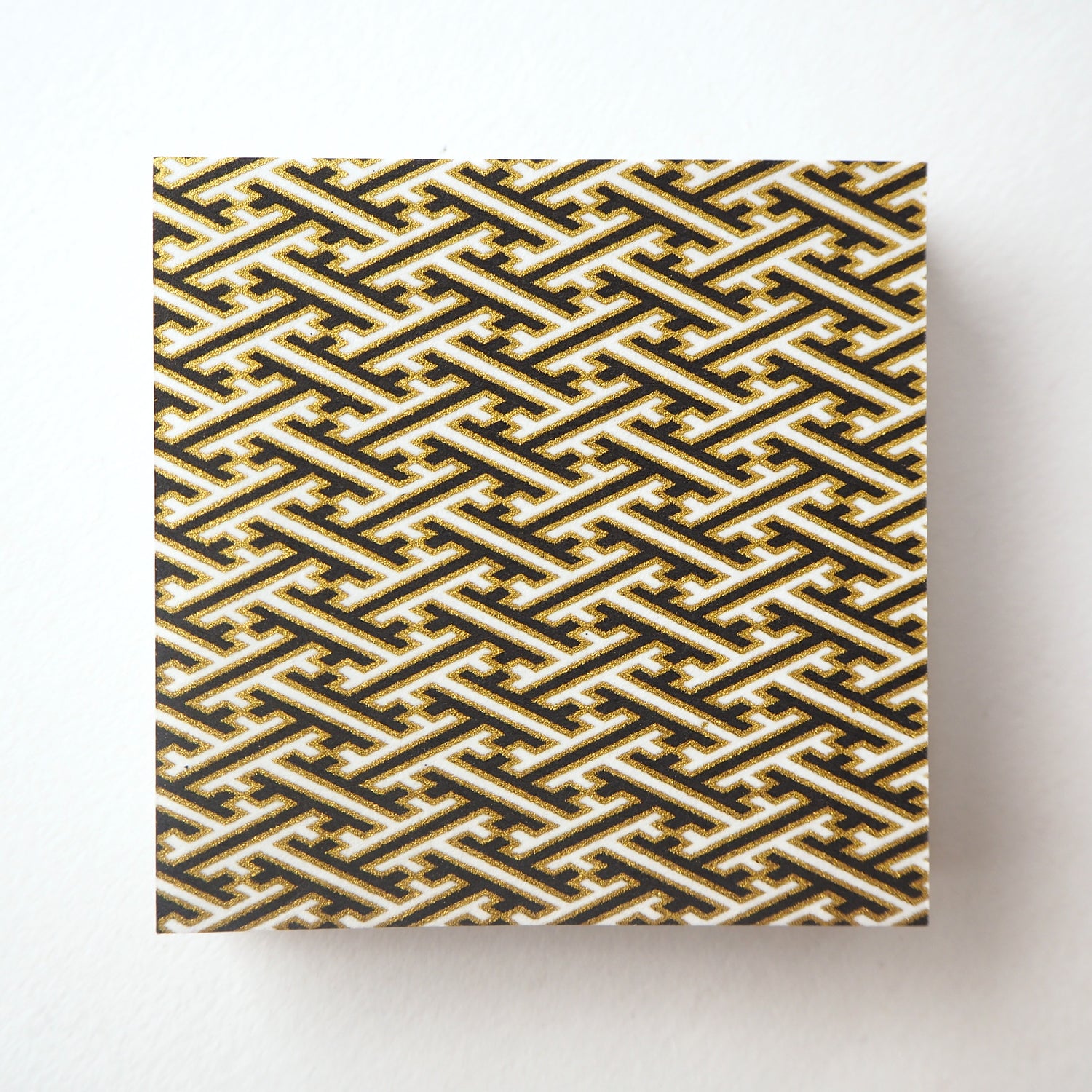
Sayagata (Manji) Pattern
Sayagata also knows as Manji (Swastika) was introduced to Japan along with Buddhism in the Asuka period (538-710) from China. Manji originated in India and was spread along with Buddhist teachings throughout Asia. This is a pattern that broke the Sanskrit word Manji 卍 and connected to all the sides continuously.
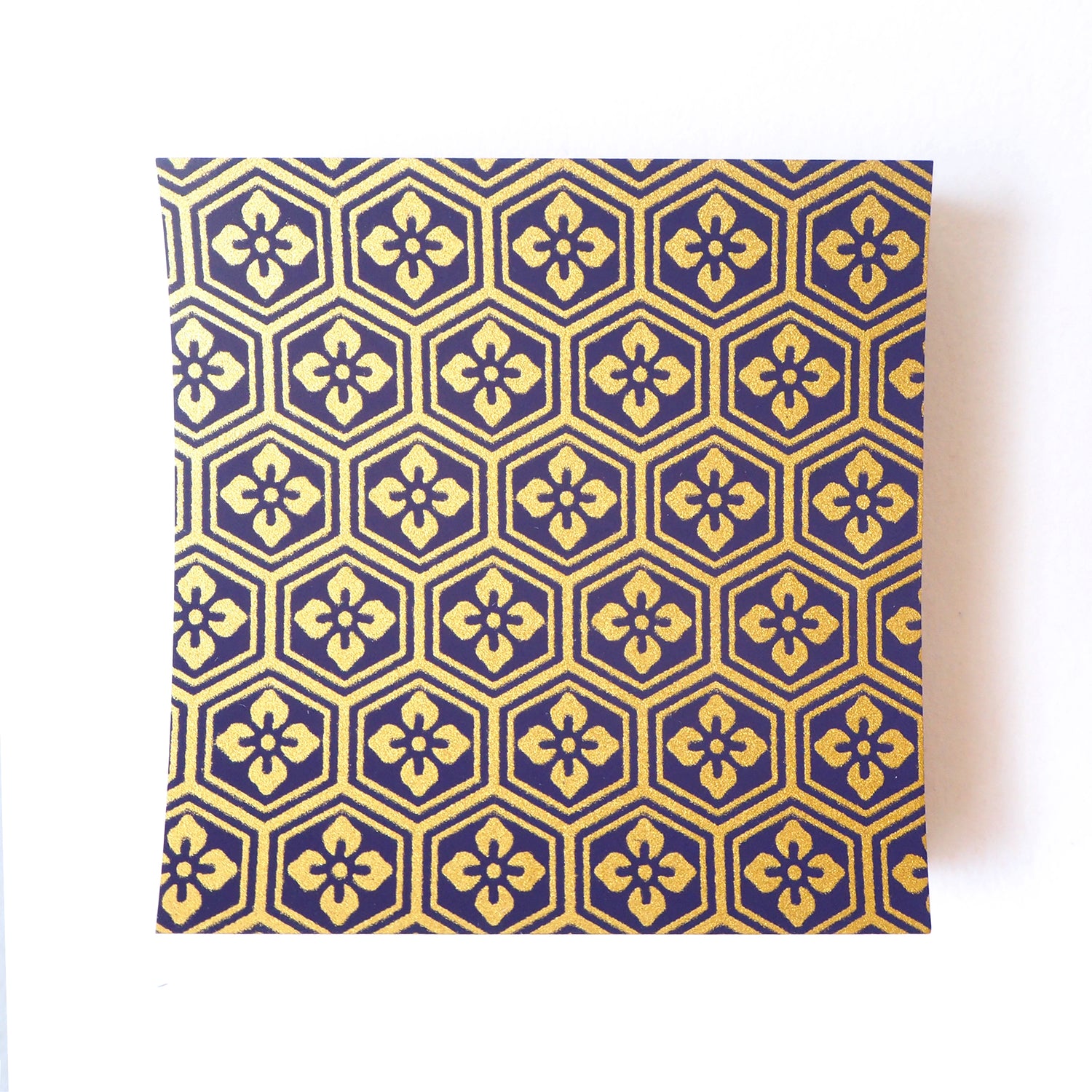
Diamond Flower (Hanabishi) & Tortoiseshell (Kikkou) Pattern
This is a pattern of four flower petals in a diamond shape. It began to appear between the Heian (794-1185) and Kamakura (1185–1333) period used as kimono’s woven pattern and often combined with other patterns such as Tortoiseshell (Kikkou) pattern. Kikkou literally means “tortoiseshell” in Japanese. It is a hexagon pattern and it represents longevity in Japan.
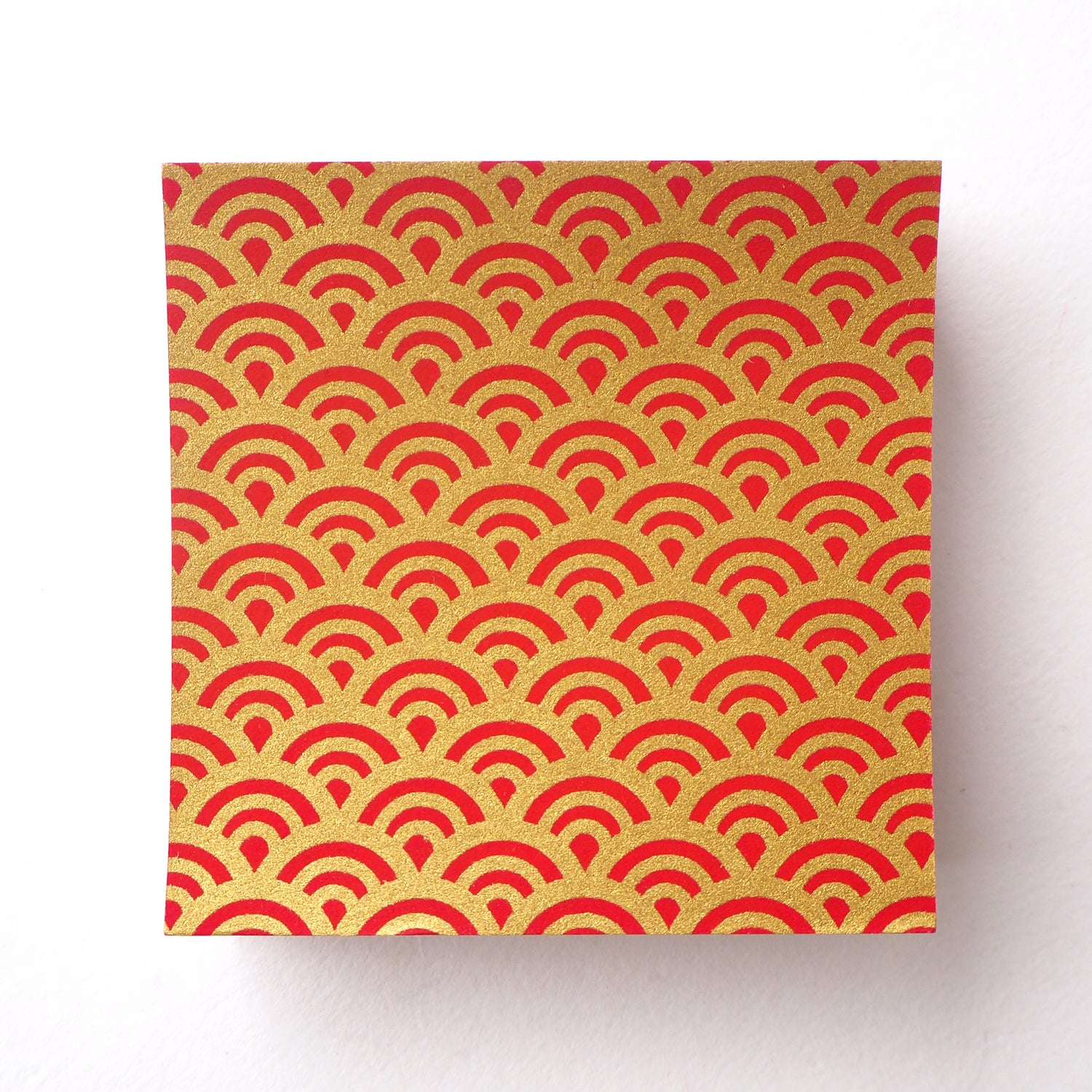
Water Motif Pattern - Sea Waves (Seigaiha)
A wave design made of the arches of concentric semi-circles. The pattern originated in the Persian Empire and was introduced to Japan from China. This pattern was used in the costume of the gagaku, a type of ancient Japanese imperial court music and dances, named “Seigaiha”. It is said that the pattern represents the sea’s bounty which expresses the infinite spread, so it seems to represent the wish to be infinitely happy.
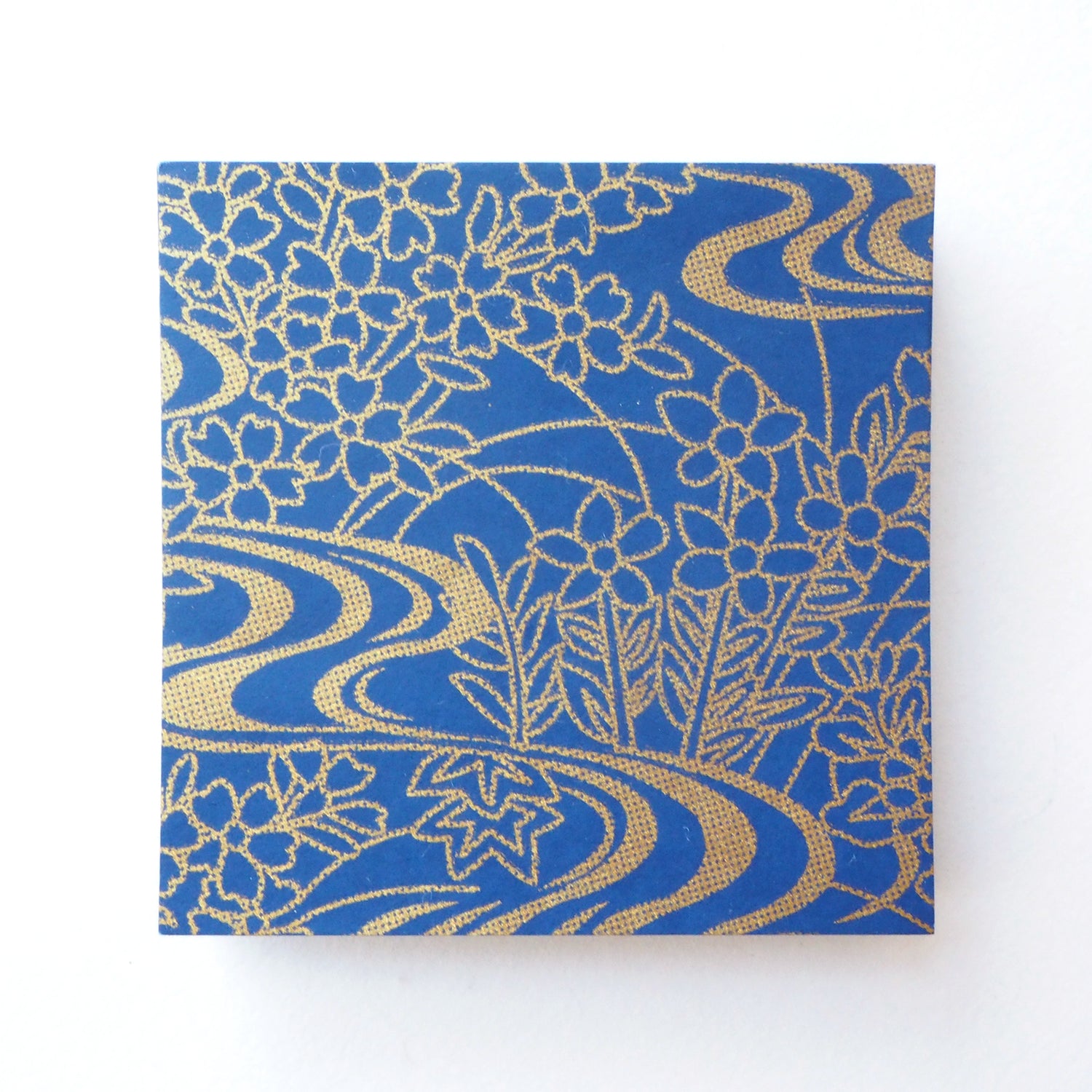
Water Motif Pattern - Flowing Water (Ryu-sui)
Water motif patterns are historically famous throughout Japan's history. This flowing water (Ryu-sui) pattern is possibly the oldest water motifs in Japan. It is often combined with flower, plants or animal patterns.
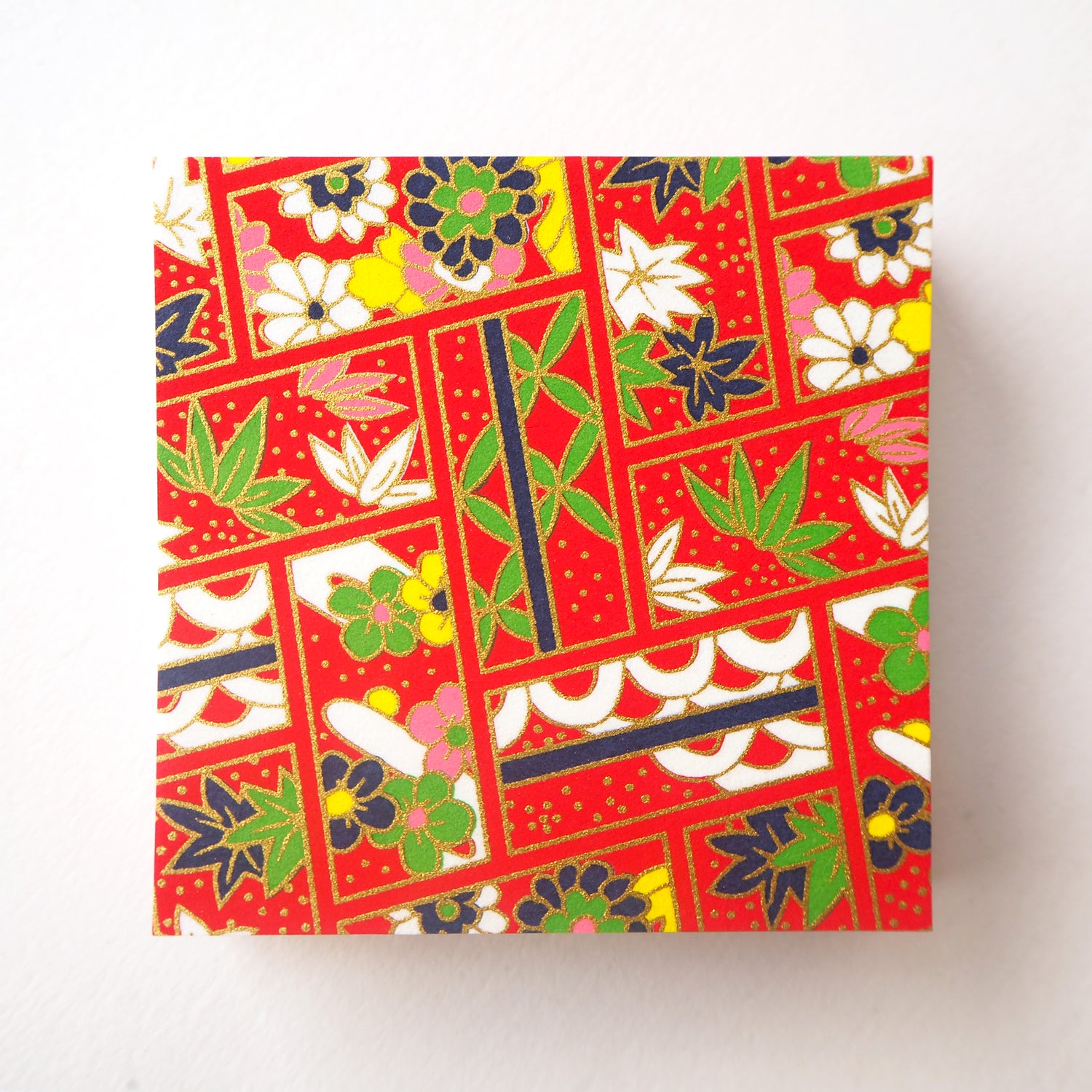
Fence (Higaki) Pattern
Higaki is a hedge or fence made by knitting thin bands of cypress wood in the "ajiro" style. The Higaki pattern, a rhythmic geometric pattern, is still often used in alcoves and ceilings even today. Because it resembles a rhombus pattern, it has the meaning of ``good health.''
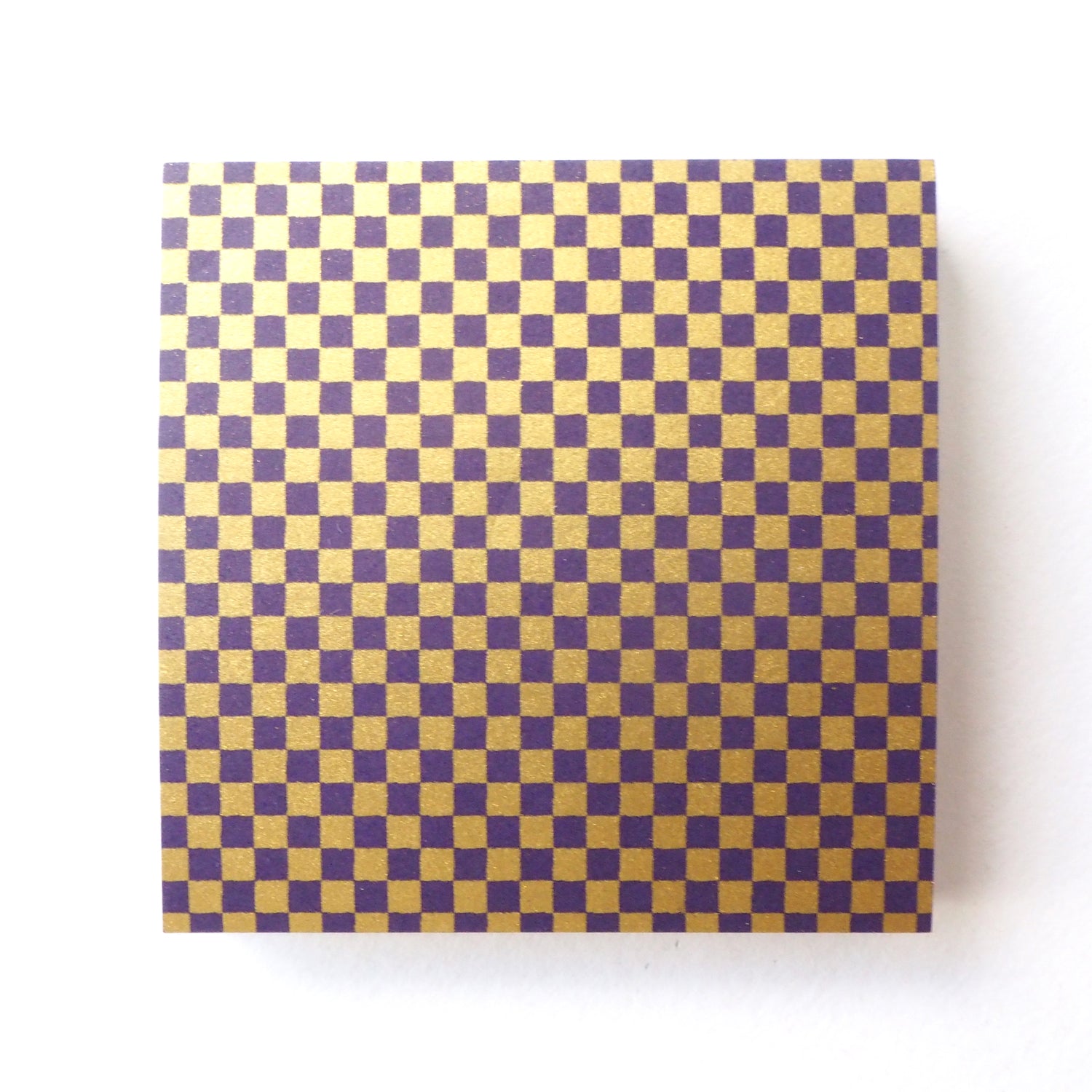
Checkerboard (Ichimatsu / Ishidatami) Pattern
A pattern in which squares of different colours are alternately laid out. It is derived from paving stones, and the ancients also called it "arare (hail)" which has been used for a long time in Noh (classical Japanese dance-drama) costumes and architectural decorations. During the Edo period, the Kabuki actor Sanogawa Ichimatsu wore a kamishimo (formal male costume) with this pattern, and his stage appearance became popular and applauded. The name of the "Ichimatsu" pattern comes from this actor. It is a repeating pattern of alternating dark and light squares that represents prosperity of descendants and expansion of business. The meaning derives from the endless nature of the pattern.
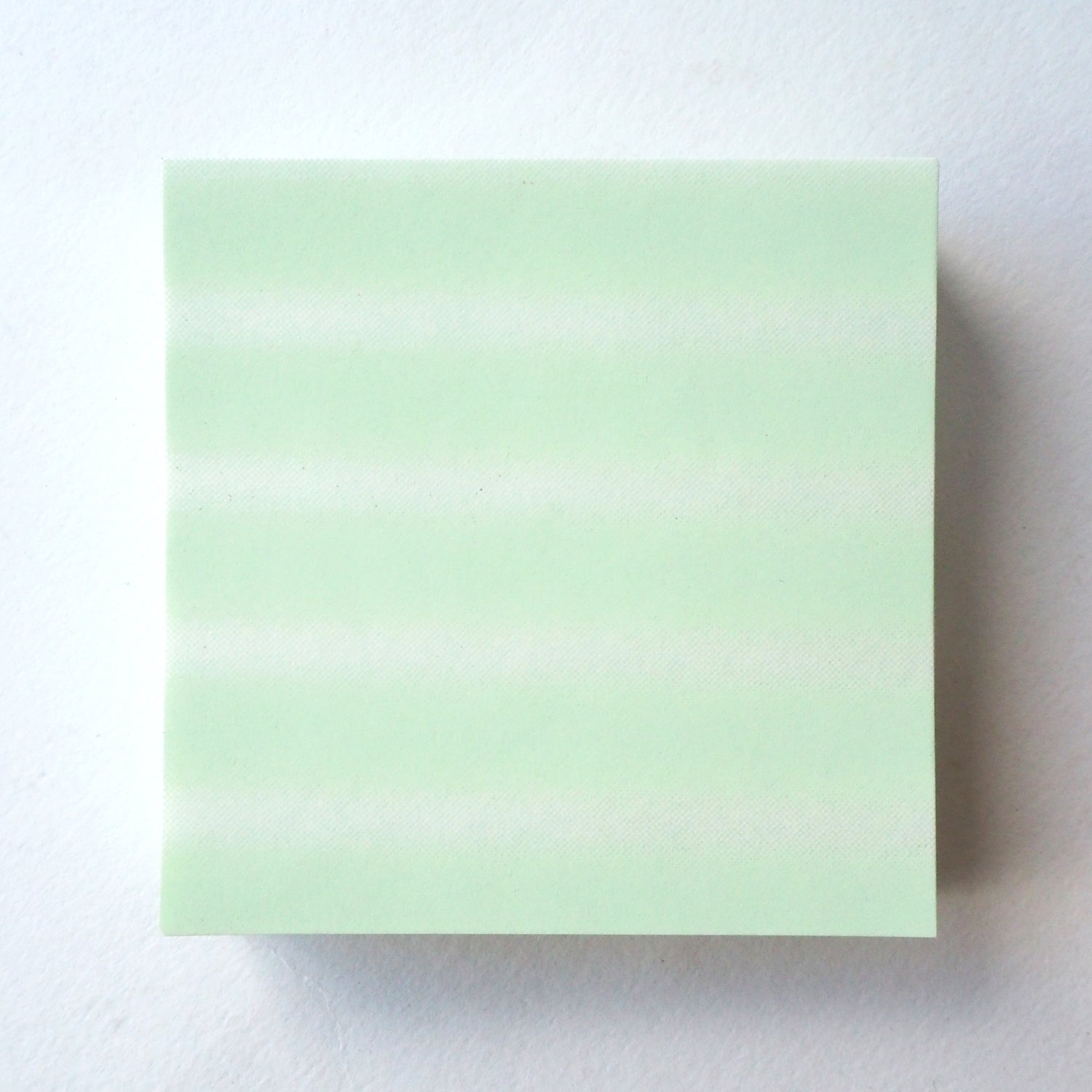
Stripes (Shima) Pattern
Stripes are a familiar pattern for kimonos. It became popular among townspeople during the Edo period, and since then it has been enjoyed by many people, from samurai to farmers. Stripes are also linked to the spirit of Edo style. Philosopher Shuzo Kuki, in his book "The Structure of Iki", states that iki consists of the duality of "sexiness" and `"willfulness/resignation" and the vertical stripes represent that duality. It is said that it expresses this particularly well.
